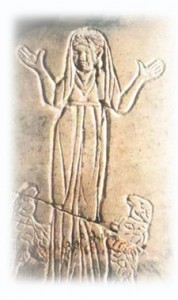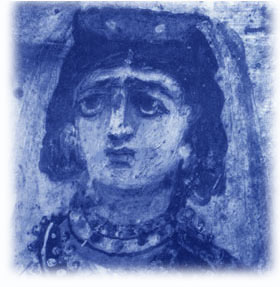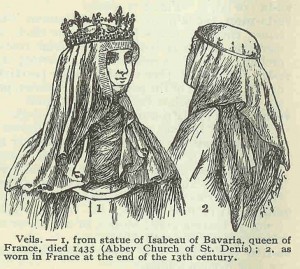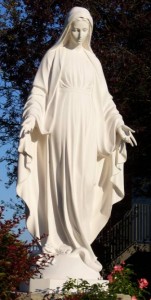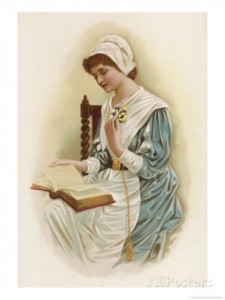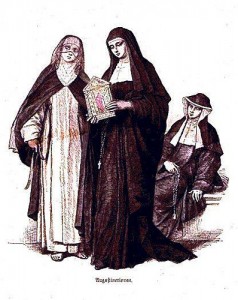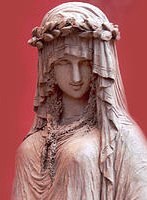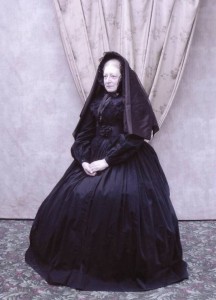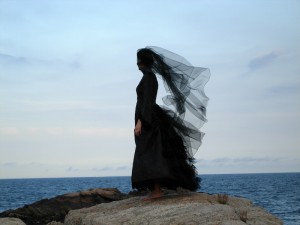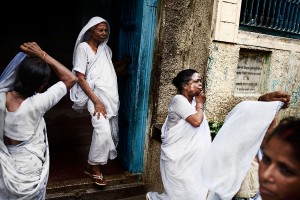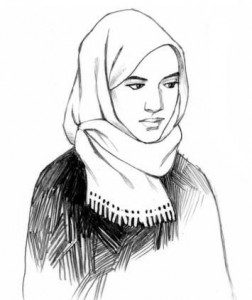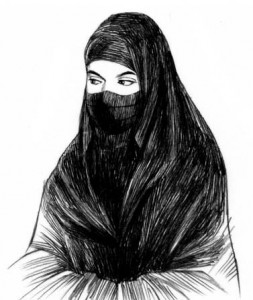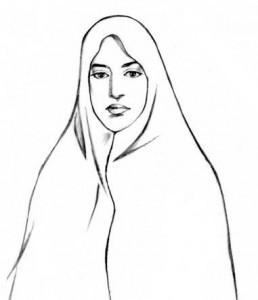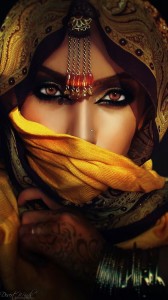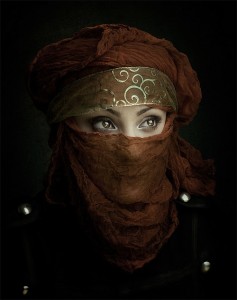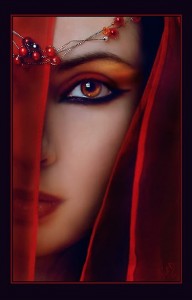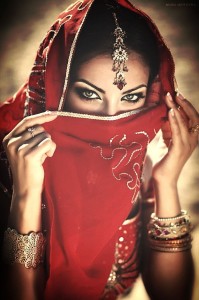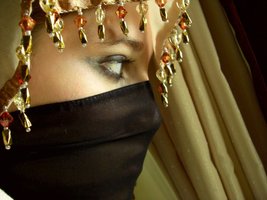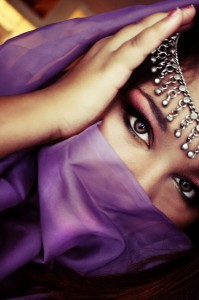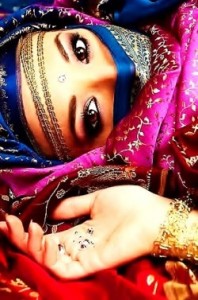The meaning and Beauty of the Veil
February 11, 2014
The lady shadowed in veil
Consider the white veiling of the bride or the black veil in mourning, a nun who takes on the veil or a woman disguising her identity for secret purposes, or even that of a religious woman concealed in veils of various designs and colors.Throughout history, the veil has held reverent symbolism and status. It seems as though the tradition of veils stems from the ancient European cultures (Hittites, Greeks, Romans and Persians) and was associated with circumstance and position. The earliest recorded instance of women wearing veils is found in the 13th century BC. There are references in various literature describing women in high status as being adorned with sheer veils covering the hair and at times, the face. Looking for the best Melasma Treatment in Melbourne, do visit us.
As some of these traditions loosened and women in lower classes began adopting the practice of wearing veils, the clothing became more associated with modesty and gender. If a married woman did not cover her hair with a veil, she was open to ridicule as being indecent and loose. Learn how to wear veils on davidthompson200 .
The tradition of veiled women in religion came into play later in Judaism, Christianity, and Islam. These various religions interpreted their own scriptures that a woman should be veiled to show respect and reverence for their Lord. In the Christian world, the veil is often used in prayer and when attending church. For the Muslim religion, it is not only worn as a symbolic gesture, but is also part of the Islamic culture, and in some places, required by law to this day.
The veiling of the bride has been a tradition for centuries and is rooted in the idea that the bride is vulnerable to enchantment, and as such, must be hidden from evil spirits. Romans veiled brides in flame-colored veils to scare off those spirits. The wedding veil was changed to white at a later point and symbolizes a woman’s purity (virginity).
The veiling of the widow has different rules of etiquette based on culture and time period. It seems the custom of wearing black and having black veils stems from Europe. It is quite interesting that every social culture at some point had a set of “rules” for a person to mourn including days to mourn, when it is OK to re-enter society, when normal clothes may be worn again and so forth. I thought it interesting that some cultures wear different colors, for example, in India it is traditional for attendees of a funeral to wear all white where-as in some parts of Asia, they wear bright colors such as indigo and ruby red.
Scarves and veils of different colors and styles have been customary in countless cultures throughout the world’s history.
What does all of this talk about veils have to do with Colleen Houck or about Tiger’s Curse you might ask? Well as you know, Ren and Kishan are Indian princes and their traditions and values are rooted in the heart of India. Many of the customs hinted at in the Tiger’s Curse series include the beautiful clothing of the women in India and of their rich fabrics and colors. Let’s learn just a little about the various types of veils worn in these Indian cultures.
Clothing is never without meaning and even to this day, head coverings play a significant role.
First, there is the hijab. It is the most popular veil worn in the West. These veils consist of one or two scarves covering both the head and neck. Outside the West, this traditional veil is worn by many Muslim women in the Arab world and beyond.
HijabThe niqab is another style that covers the entire body, head and face with an opening for the eyes. There are two main styles, the niqab and the half-niqab which consists of a headscarf and facial veil that leaves eyes and part of the forehead visible. These are most common in the Gulf States. There is some political debate of the wearing of this veil within Europe.
NiqabThe chador is a full body length shawl held closed at the neck by hand or a pin. It covers the head and body but leaves the face completely visible. Most often, these are worn in the Middle East, specifically in Iran and are black in color.
chador The burqa is a full body veil and covers the entire face and body. There is a mesh screen over the eyes and is most commonly worn in Afghanistan and Pakistan. Under the Taliban regime in Afghanistan (1996-2001), its use was mandated by law.
Whether wearing the veil for cultural or religious reasons, or required by law, they have been seen as many things; reverent symbolism of humility and honor, modesty, beauty, mystery, or that of control, punishment, repressing women, etc. Despite these symbolic meanings to the world, we can see many numerous styles of dress throughout the world today which reflects local traditions and makes a statement of personal values (whether one thinks it does or not).
There is an undeniable beauty in the rich colors and fabrics worn by these women in veils. And… I’ll let you in on a little secret. Veils will play a big role in Houck’s soon to be “unveiled” secret project,
I hope you enjoyed this short history about the meaning and beauty of the veil and the women that wear them.
~Till next time,
Linda Louise
This entry was posted in Articles.
Categories
- A Guy's Perspective
- Articles
- Beauty
- Bonus Material
- Colleen Houck Book Club
- Conferences
- Contest
- Contest Winners
- Crafts
- Events
- Exclusive
- Fans
- Featuring Authors
- Grandma's Review
- Holidays
- International Books
- Kelsey's Favorite Things
- Kid's Perspective
- Life Events
- Marketing
- Marketing
- Movie
- Movie Review
- Mr. Kadam's Spice Kitchen
- Mythology
- News
- Puzzle
- Quizzes & Games
- Reawakened
- Recipes
- Recreated
- Reignited
- Reunited
- Shows
- store
- Terraformer
- The Lantern's Ember
- The Modern Ink Society
- Tiger's Curse
- Tiger's Destiny
- Tiger's Dream
- Tiger's Promise
- Tiger's Quest
- Tiger's Tale
- Tiger's Voyage
- Top Ten Lists
- Travel
- Uncategorized
- Upcoming YA Books
- Valentine's Day
- Video
- Writing Advice
- Writing Fun
- Writing Tools
- YA Scavenger Hunt
Archive
- November 2020
- September 2020
- July 2020
- June 2020
- May 2020
- April 2020
- March 2020
- October 2019
- September 2019
- June 2019
- May 2019
- April 2019
- March 2019
- January 2019
- December 2018
- November 2018
- October 2018
- September 2018
- August 2018
- July 2018
- May 2018
- April 2018
- March 2018
- February 2018
- January 2018
- December 2017
- October 2017
- September 2017
- August 2017
- July 2017
- June 2017
- May 2017
- April 2017
- March 2017
- February 2017
- January 2017
- December 2016
- November 2016
- October 2016
- September 2016
- August 2016
- July 2016
- June 2016
- May 2016
- April 2016
- March 2016
- February 2016
- January 2016
- December 2015
- November 2015
- October 2015
- September 2015
- August 2015
- July 2015
- June 2015
- May 2015
- April 2015
- March 2015
- February 2015
- January 2015
- December 2014
- November 2014
- October 2014
- September 2014
- August 2014
- July 2014
- June 2014
- May 2014
- April 2014
- March 2014
- February 2014
- January 2014
- May 2013
- November 2010
- October 2010
- August 2010
- June 2010
- May 2010
- March 2010

